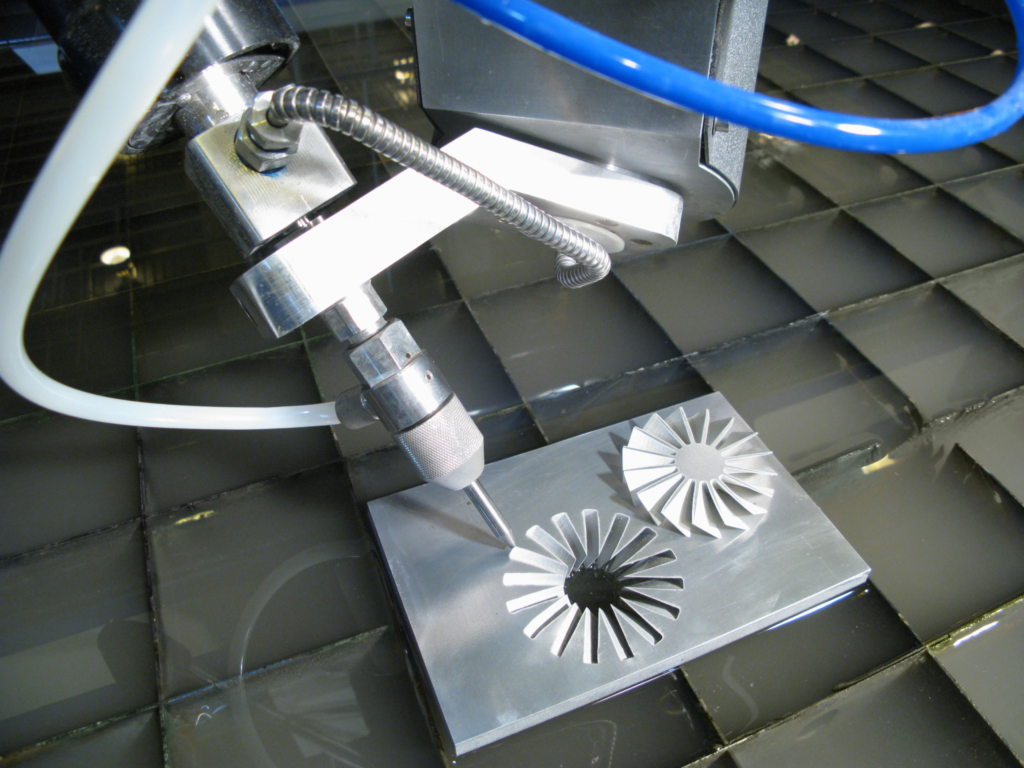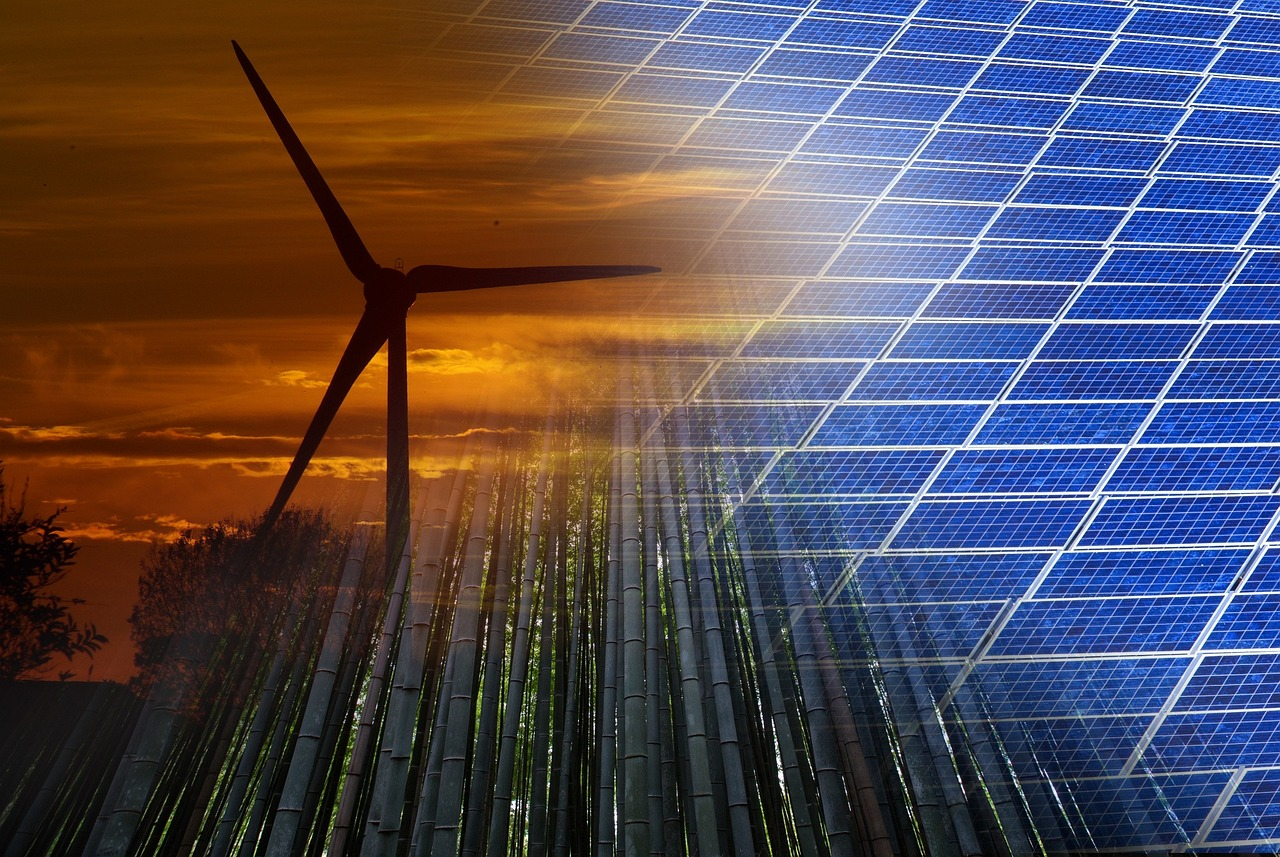When it comes to the transformation of the renewable energy sector, technology is the leading edge. One technological marvel standing out is waterjet cutting. It’s not just about slicing through materials with high-pressure water; it’s about propelling the renewable energy industry into a sustainable future.
Waterjet cutting, a process that uses a high-pressure stream of water or a mixture of water and an abrasive substance to cut through materials, is no stranger to the industrial world. However, its contribution to the renewable energy sector is an unfolding tale of precision, efficiency, and sustainability.
The Role of Waterjet Cutting in the Renewable Energy Sector
Renewable energy production involves the use of various intricate components. These components must be manufactured with high precision, not just for efficiency but also for safety. Waterjet cutting serves as an invaluable tool in this context.
For instance, in wind energy production, waterjet cutting mashine is used to cut and shape the steel used in wind turbine towers and the composite materials used in turbine blades. Additionally, in solar energy production, it aids in cutting solar cells with high precision and minimal waste.
Some benefits of using waterjet cutting in renewable energy production include:
Precision and Accuracy: Waterjet cutting can be controlled with high accuracy, which is crucial for the production of components with intricate designs.
Versatility: This technology can cut through virtually any material, allowing for the production of diverse components.
Reduced Waste: Waterjet cutting reduces waste by allowing for precise cuts, which minimizes excess material.
Impact of Waterjet Cutting on Efficiency and Sustainability

Waterjet cutting doesn’t just make the manufacturing process easier; it also enhances the overall efficiency and sustainability of the renewable energy sector. Its impact can be summarized in three main aspects: improving efficiency, reducing waste, and promoting sustainability.
Improving Efficiency
Waterjet cutting technology can improve the efficiency of renewable energy systems in multiple ways. For one, it enables precise cutting and shaping of components, thereby enhancing their performance.
Reducing Waste
By allowing for precise cuts, waterjet cutting minimizes waste. This is particularly significant in the renewable energy sector, where resource conservation is paramount. Furthermore, the technology reduces the need for secondary finishing processes, as it leaves a smooth edge that often doesn’t require additional work.
Promoting Sustainability
Waterjet cutting is a cold cutting process, meaning it doesn’t produce heat that could harm the material being cut or the environment. Moreover, it doesn’t generate harmful fumes or smoke, making it a more sustainable option compared to other cutting methods.
Conclusion

The role of waterjet cutting in the renewable energy sector is both significant and transformative. From precision manufacturing of essential components to promoting sustainability, this technology stands as a vital pillar in the infrastructure of renewable energy production. It is a testament to how innovation in one area can spur progress in another, creating a ripple effect that resonates through entire industries.
Blog Received on Mail




















